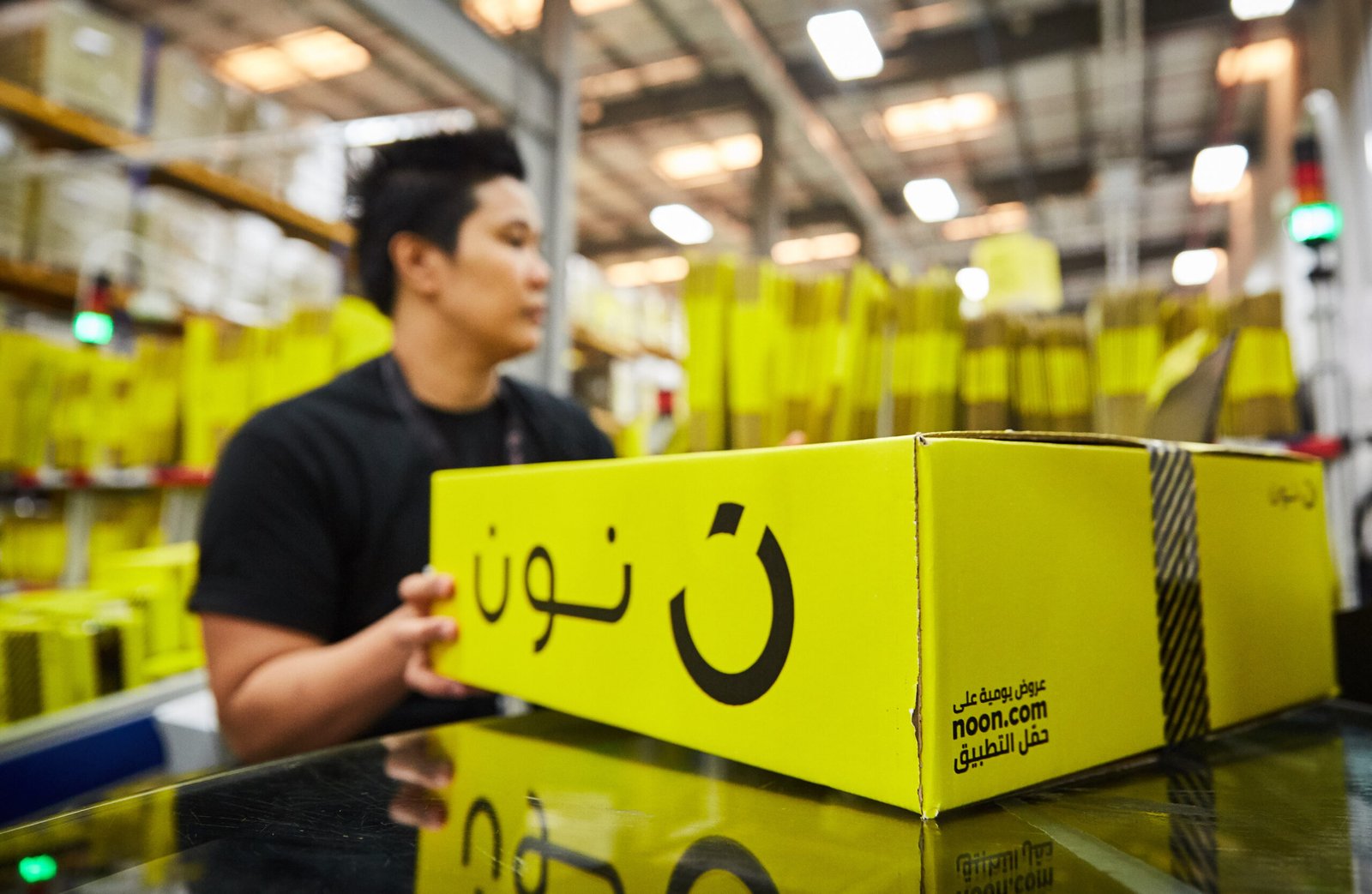E-commerce in Saudi Arabia is experiencing unprecedented growth, driven by a tech-savvy population, government support, and a rapidly expanding digital economy. As one of the fastest-growing e-commerce markets in the Middle East, Saudi Arabia is set to become a major global player in online retail, fueled by high internet penetration, digital payments, and evolving consumer preferences.
With the Kingdom’s e-commerce market expected to exceed $20 billion by 2025, this article explores the key trends, opportunities, and challenges shaping the future of e-commerce in Saudi Arabia.
1. The Current State of E-commerce in Saudi Arabia
Saudi Arabia boasts one of the largest e-commerce markets in the MENA region, with rapid digital transformation and increased online shopping adoption.
Key Growth Drivers:
✅ High Internet Penetration – Over 98% of Saudis have access to the internet, making online shopping highly accessible.
✅ Young, Tech-Savvy Population – More than 60% of the Saudi population is under 35, driving digital adoption.
✅ Government Support – Under Vision 2030, Saudi Arabia is investing heavily in digital transformation and cashless transactions.
✅ Rise of Digital Payments – The adoption of cashless payments is growing, with mobile wallets and buy-now-pay-later (BNPL) options gaining traction.
✅ COVID-19 Acceleration – The pandemic permanently changed shopping habits, shifting more consumers to e-commerce platforms.
Market Size and Growth:
- The Saudi e-commerce market was valued at $11.6 billion in 2022 and is projected to grow to $20 billion by 2025.
- Online retail contributes to 20% of total retail sales, and this number is expected to increase as digital adoption continues.
2. Key Trends Shaping the Future of E-commerce in Saudi Arabia
a) The Growth of Mobile Commerce (m-Commerce)
With smartphone penetration exceeding 90%, mobile shopping is dominating the e-commerce sector. Consumers prefer shopping via apps, making mobile-first strategies essential for businesses.
📱 Trend: E-commerce businesses are optimizing their platforms for mobile-friendly interfaces, one-click checkout, and AI-powered recommendations.
b) Social Commerce and Influencer Marketing
Social media platforms like Instagram, Snapchat, and TikTok play a major role in driving e-commerce sales. Saudi consumers are heavily influenced by social media influencers and content creators.
📌 Example: Local brands and international retailers are using live-stream shopping, TikTok Shops, and Instagram Stores to engage directly with consumers.
c) Rise of Buy Now, Pay Later (BNPL) Services
Consumers, especially millennials and Gen Z, are opting for BNPL services like Tamara, Tabby, and PostPay, allowing them to make purchases in installments without interest.
💳 Impact: BNPL services are boosting conversion rates and average order values for online retailers.
d) Expansion of Quick Commerce (q-Commerce)
Saudi consumers increasingly demand faster deliveries, leading to the rise of q-Commerce—where goods are delivered within 30 minutes to 2 hours.
🚚 Example: Grocery and electronics platforms are leveraging hyperlocal fulfillment centers to meet demand for ultra-fast deliveries.
e) Artificial Intelligence (AI) and Personalization
AI is revolutionizing e-commerce through personalized shopping experiences, chatbots, and smart recommendations. Saudi retailers are adopting AI-driven analytics to enhance customer engagement.
🤖 Trend: AI-powered tools are improving customer service, reducing return rates, and increasing retention.
f) Cross-Border E-commerce Growth
Saudi Arabia’s e-commerce platforms are seeing increased demand for international brands and global products.
🌍 Impact: Platforms like Amazon, Noon, and Namshi are expanding their cross-border offerings to cater to global shoppers.

3. Opportunities for E-commerce Businesses in Saudi Arabia
With strong market growth, e-commerce businesses can capitalize on several opportunities in Saudi Arabia:
a) Expansion into Untapped Markets
📌 What’s Next? Rural areas and second-tier cities are underserved markets that present a major opportunity for e-commerce expansion.
b) Growth of Niche E-commerce Segments
📌 Emerging Segments:
✔️ Luxury E-commerce – Saudi Arabia has a growing demand for high-end fashion and exclusive products.
✔️ Sustainable Products – Eco-conscious consumers are seeking organic, ethical, and sustainable brands.
✔️ Health & Wellness E-commerce – Demand for fitness, supplements, and natural skincare is rising.
c) Logistics & Last-Mile Delivery Innovations
📌 What’s Next? Companies investing in automated warehouses, drones, and AI-driven logistics will gain a competitive edge.
4. Challenges Facing E-commerce in Saudi Arabia
Despite its promising future, the Saudi e-commerce sector faces some challenges:
a) Logistics and Last-Mile Delivery Issues
🚚 Challenge: Delivery delays and inefficiencies in rural areas remain a hurdle for e-commerce businesses.
✅ Solution: Investment in AI-driven supply chains and smart logistics hubs can improve delivery speeds.
b) Cybersecurity and Fraud Concerns
🔒 Challenge: Rising cyber threats and online payment fraud create security risks for businesses and consumers.
✅ Solution: Stronger cybersecurity measures like two-factor authentication and blockchain-based transactions are essential.
c) High Competition Among Online Retailers
📌 Challenge: Saudi Arabia’s e-commerce space is becoming saturated, making brand differentiation and customer loyalty key challenges.
✅ Solution: Businesses must invest in unique brand positioning, superior customer service, and loyalty programs.
d) Cash-on-Delivery (COD) Preferences
💵 Challenge: While digital payments are increasing, many consumers still prefer cash-on-delivery (COD), leading to logistical challenges.
✅ Solution: More incentives for digital payments, such as discounts or cashback rewards, can help transition customers away from COD.

5. The Future Outlook of E-commerce in Saudi Arabia
The e-commerce industry in Saudi Arabia is expected to double in size by 2030, driven by:
🚀 Government Support – Policies like Saudi Vision 2030 will continue to enhance digital infrastructure.
🚀 Tech-Driven Innovation – AI, blockchain, and AR/VR shopping experiences will shape the next wave of e-commerce.
🚀 Increased Foreign Investments – International brands will continue to enter the Saudi market, boosting competition and market size.
🚀 Omnichannel Retail Growth – The integration of online and offline shopping experiences will become a key differentiator.
Image Courtesy Notice
At The Storiez, we value the efforts of photographers, artists, and content creators. The images featured in our articles are sourced from various news portals and online websites. We strive to ensure proper credit is given wherever possible. If you are the rightful owner of any image used here and would like to request its removal or correct attribution, please feel free to contact us. We respect intellectual property rights and aim to address concerns promptly.

